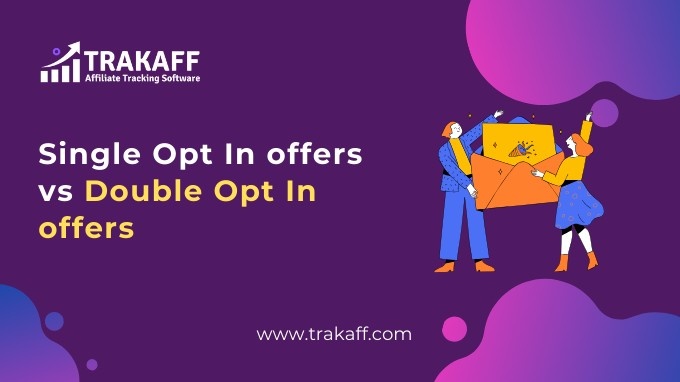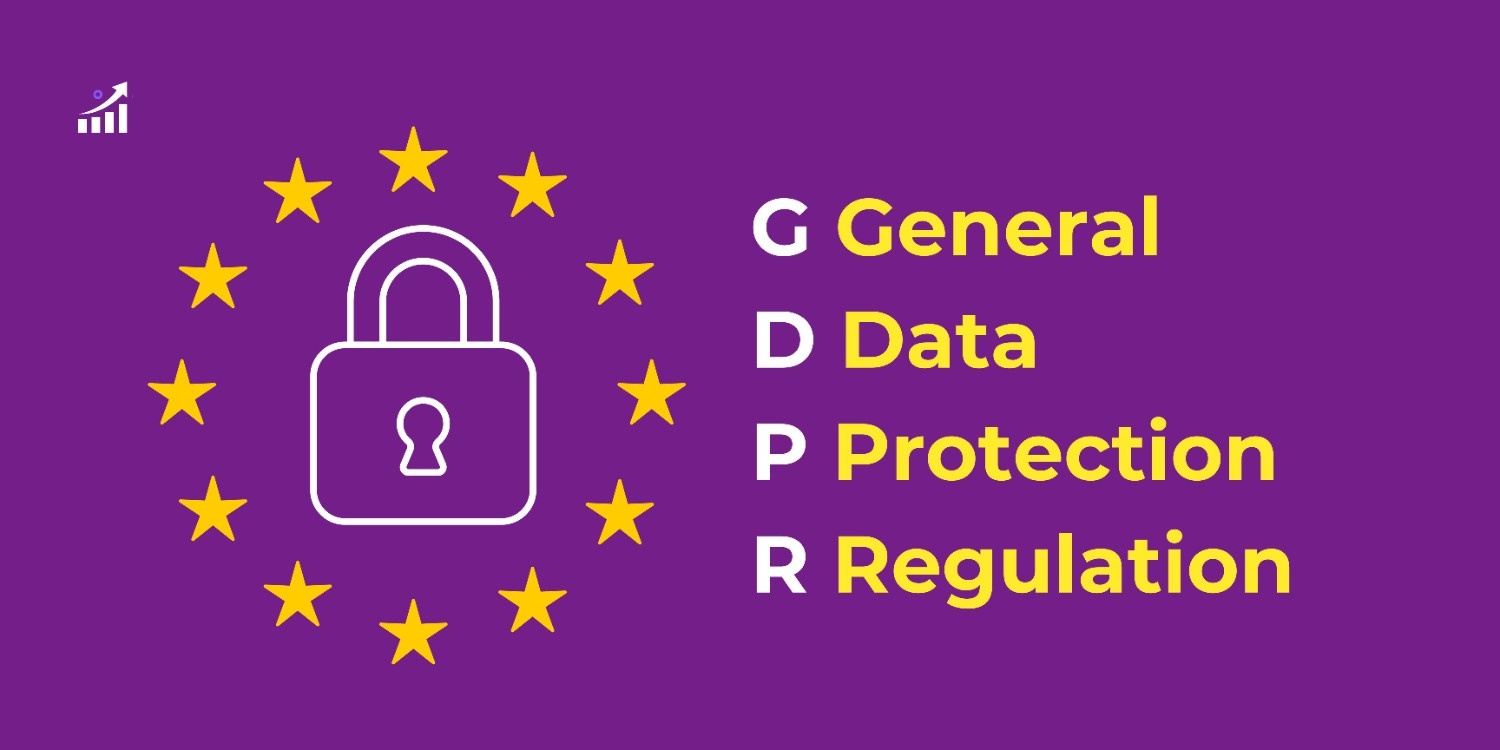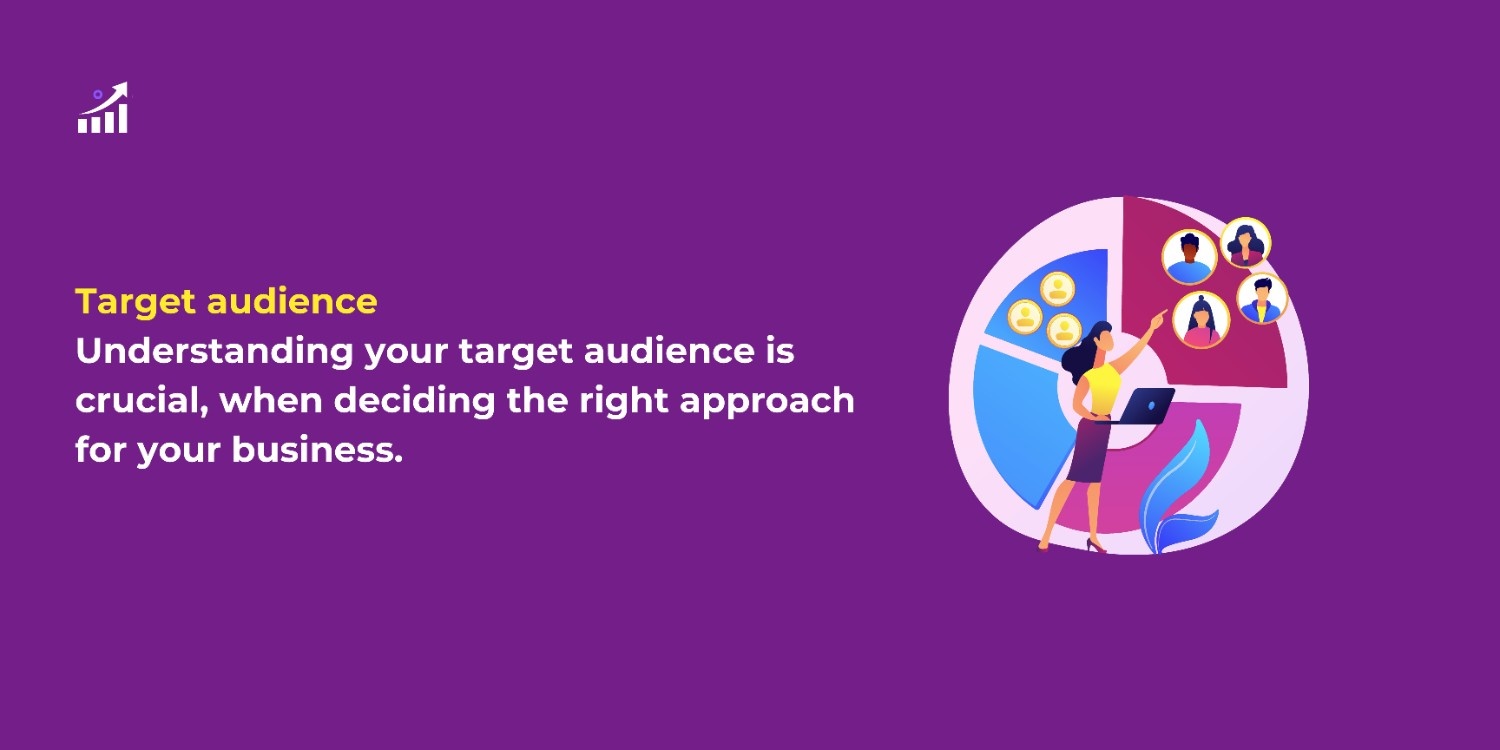Lead generation is an important part of digital marketing. However, there is a huge debate on the approach to collecting leads. Single Opt-In and Double Opt-In are two different methods that marketers use to gather potential customer information. Both methods come with their pros and cons. In this blog post, we will discuss what they are and what is the difference between them.
Understanding Single Opt-In
Single Opt-In is a lead generation method in which users provide their contact information without any additional confirmation steps. With just one action, such as filling out a form or clicking a button, users become part of a marketer’s database.
Advantages of Single Opt-In
Ease of conversion
The biggest advantage of Single Opt-In is its simplicity. users can easily subscribe without needing to go through extra steps, reducing the chances of drop-off during the signup process.
Faster list growth
Since there are not a lot of steps involved, the Single Opt-In method typically results in a faster rate of list growth. Marketers can quickly collect a large number of potential leads. The Quantity aspect is better in Single Opt-In.
User-friendly experience
Users appreciate a hassle-free experience and Single Opt-In offers provide them just that. As the process is so simple and easy, users are more likely to be aligned toward it. It keeps the user happy.
Disadvantages of Single Opt-In
Quality concerns
As the subscription process is very easy, the lead can be of low quality. Some people might sign up without having any genuine interest, leading to higher bounce rates or unengaged subscribers.
Compliance challenges
There are certain regulations such as GDPR (General Data Protection Regulation) which may require consent for communication. As SOI might not meet these standards, it may lead to compliance challenges.
Understanding Double Opt-In
Double Opt-In requires you to confirm the subscription through an additional step usually by clicking on the verification link sent on the provided email address. This method adds an extra layer of confirmation, ensuring users genuinely intend to receive communication from the marketer.
Advantages of Double Opt-In
Enhanced lead quality
The additional confirmation steps filter out users who might not be that interested. This ensures that there are more qualified and engaged subscriber bases, improving the overall quality of leads.
Better engagement rates
Users who go through the Double Opt-In process are most likely to be genuinely interested in the content or services offered. This generally leads to higher engagement rates with emails and other communication.
Compliance friendly
Double Opt-In aligns more with the data protection regulations. This can minimize legal risks and ensure compliance with the regional and industry-specific laws. This ensures that the business does not get into any sort of trouble.
Disadvantages of Double Opt-In
Slower list growth
As Double Opt-In is a bit more complicated, some users may hesitate to complete the subscription. As a result, Double Opt-In may lead to slower list growth than Double Opt-In. It takes a lot more time and effort overall.
Potential for user fatigue
Double Opt-In takes a lot of time, this can cause user fatigue and make users frustrated or disinterested. This could impact the overall user experience and perception of the brand. In the long run, it could have a huge impact on the business.
Choosing the right approach
The decision to choose between Single Opt-In and Double Opt-In depends on various factors including the nature of the business, target audience, and legal considerations.
Nature of the business
For businesses that may require a high number of leads quickly such as those offering time-sensitive promotions or events, Single Opt-In may be more suitable. On the other hand, businesses focusing on building long-term relationships and prioritizing lead quality may lean towards Double Opt-In.
Target audience
Understanding your target audience is crucial when deciding the right approach for your business. Some audiences prefer the convenience of Single Opt-In, while others may appreciate the added security and engagement of Double Opt-In.
Legal considerations
You cannot take the risk of not going by the rules and regulations. If your business operates in regions with stringent data protection laws, DOI would be a safer choice to ensure compliance.
Communication strategy
The overall communication strategy of the business plays a crucial role in deciding between the two methods. If frequent and immediate communication is the priority, Single Opt-In would be better for them. If a more thoughtful approach is favored, Double Opt-In could be preferred.
Conclusion
Both Single Opt-In and Double Opt-In approaches come with their own set of advantages and disadvantages, you need to figure out which approach suits you the best. Businesses should strive for a balance between quality and quantity when it comes to lead generation. A thoughtful and strategic approach will contribute to the long-term success of lead generation efforts. The key is to create a positive and trustworthy user experience that creates lasting relationships with customers.


